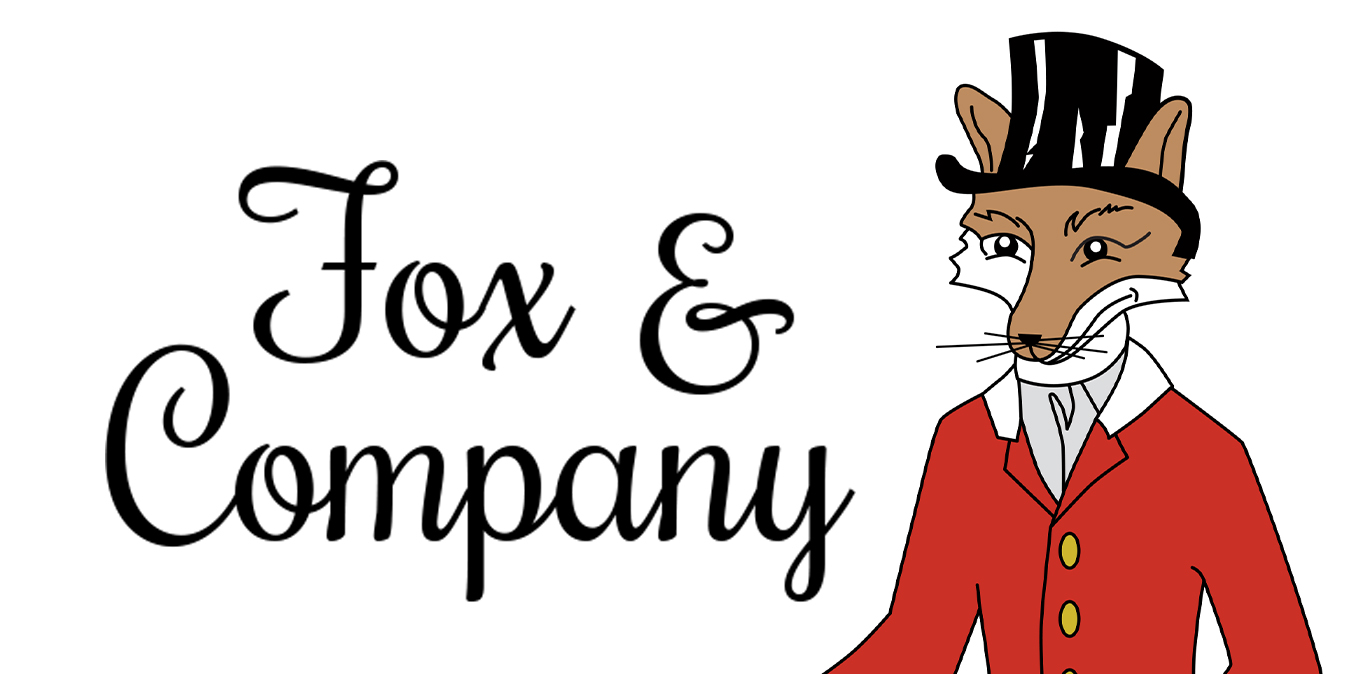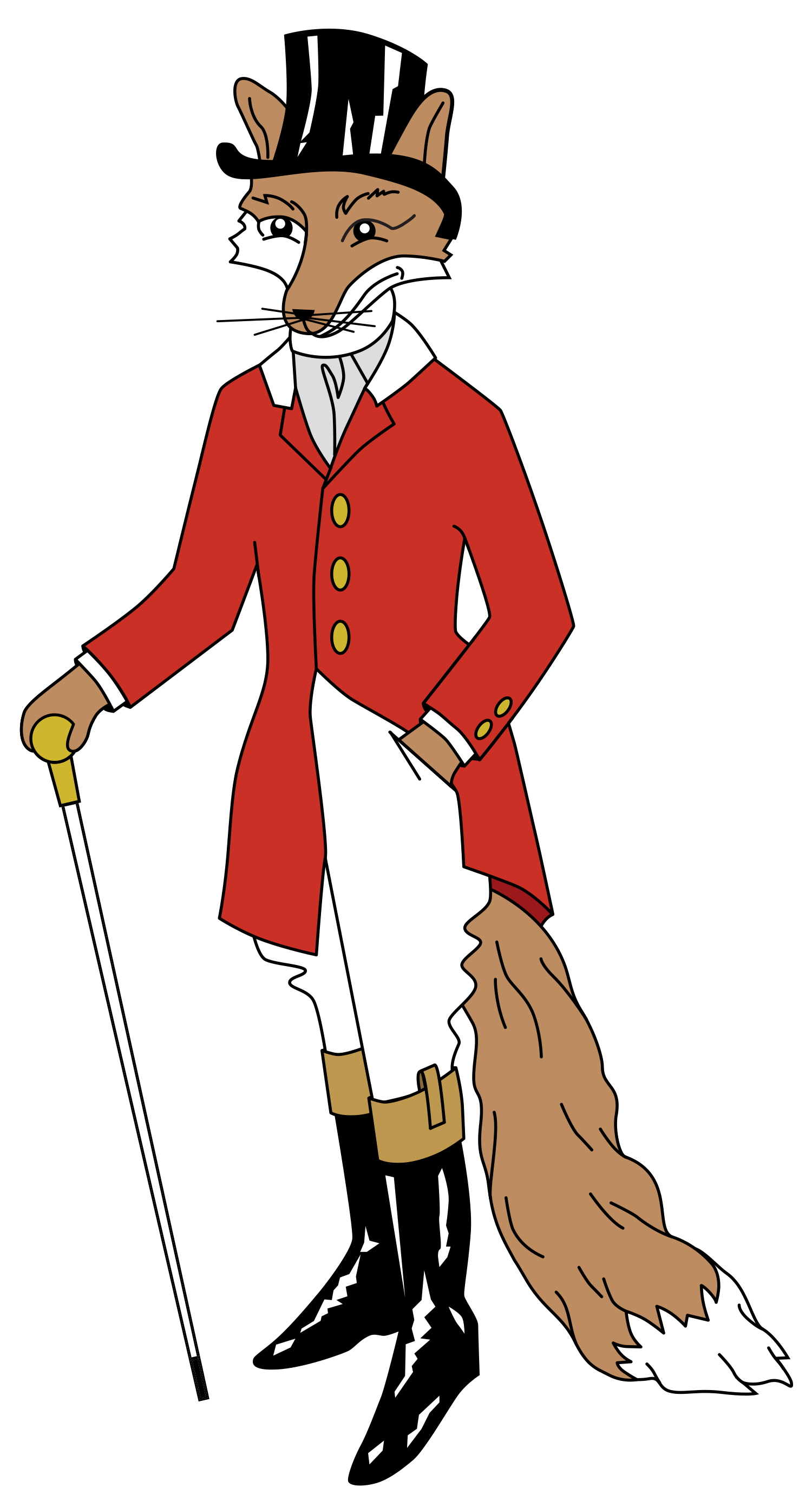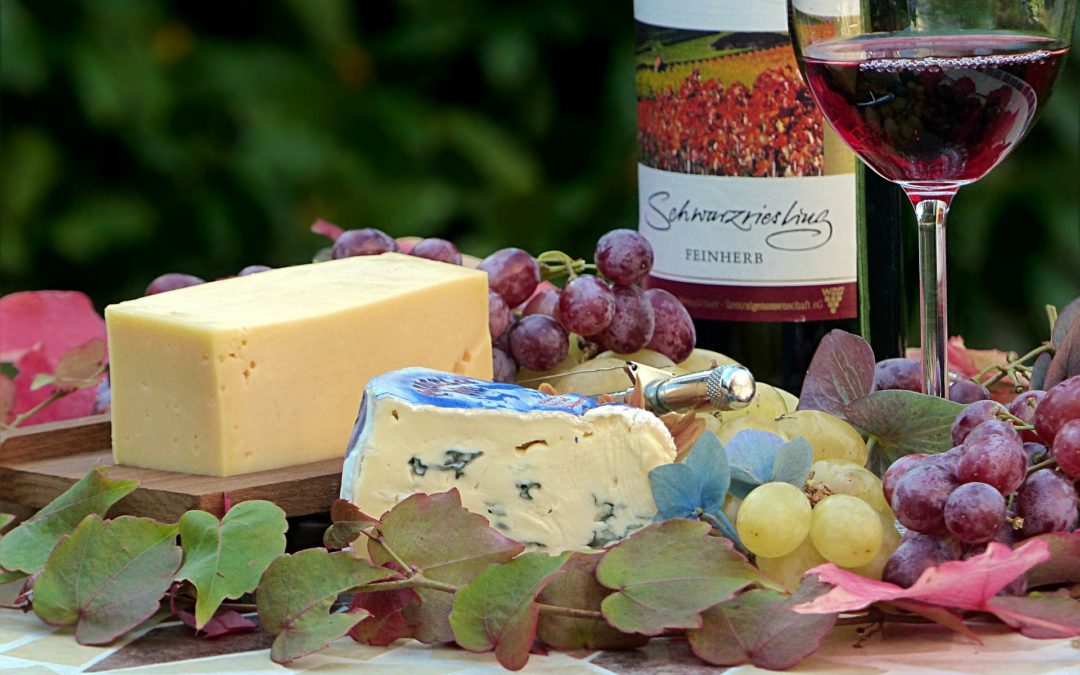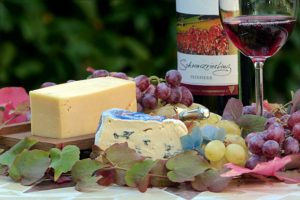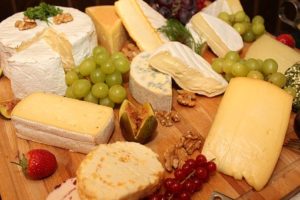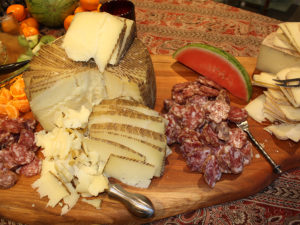Wine and cheese is one of the world’s oldest classical duos. You see them appear in literature, film, a variety of arts, and across the pages of social media. As charcuterie boards and exquisite grazing tables become more popular, it’s even more important to understand how to select the best wines for the right cheeses. And, we’ve made it easier than ever to get the know-how!
Basic Wine and Cheese Guidelines
When pairing wines and cheeses, you want to take into account their various ages, textures, and flavors. A great place to start is by matching wines and cheeses that come from the same region. This ensures that they have similar characteristics and will compliment each other nicely.
Another thing to keep in mind is the acidity level of each partner. Generally speaking, they should match. For example, creamy cheeses pair well with mellow white wines, while tangier cheeses go better with full bodied wines. The rule of thumb is: the stronger the wine, the sharper the cheese.
Fox n Company Suggestions
Here’s what I recommend to help direct your pairing:
- Hard cheeses, like Cheddar or Manchego, go well with a medium bodied wine.
- Soft cheese, like Brie or Camembert, go well with fruity wines or even a rosé.
- Blue cheeses, like Stilton or Roquefort, pair well with sweet wines. (These cheeses also go well with ports or stouts.)
- Goat cheeses compliment dry, crisp wines, but can also be lovely with a fruity red wine.
- You can also choose “Wash-Rind” cheeses to pair with a drink. However, keep in mind these cheeses are usually very pungent and may not be as delightful for the average guest. If you choose a ‘stinky cheese’, like Taleggio or Reblochon, a crisp dry white wine or even a Belgian ale are your best bet.
- You may also choose to do fondue over a charcuterie board. Remember that fondue is typically composed of a variety of cheeses, so they are harder to match. This is where taking into consideration the region of the cheeses used is important and will provide the best route for a good pairing. However, if in doubt, an aromatic white wine should be a safe selection.
Practical Suggestions
Now that you have the big picture guidelines, here are some practical suggestions to get you started:
- Cabernet Sauvignon goes nicely with Camembert, Cheddar, various blue cheeses, Gouda, and Parmesan.
- Merlot pairs well with soft cheeses, Cheddar, Gorgonzola, Parmesan, or Gruyere.
- Pinot Noir is lovely with soft cheeses, especially Feta, or your more common cheeses like Monterey Jack, Muenster, or Swiss.
- Shiraz/Syrah is best with Cheddar, Gouda, or Parmesan.
- Zinfandel is great with Asiago, Feta, Goat cheese, Gouda, or Gruyere.
- Sangiovese fits with Blue Cheese, Fontina, Mozzarella, Provolone, or even Ricotta.
- Chardonnay goes smoothly with soft cheeses, Goat cheese, Gouda, Gruyere, and Parmesan.
- Pinot Gris pairs best with hard cheeses or with Mozzarella or Muenster.
- Riesling goes nicely with soft cheeses.
- Sauvignon Blanc matches hard cheeses, Feta, Goat cheese, Gruyere, or Neufchatel.
Whether you are planning a date night, a girls’ night, a fondue party, creating a menu for an event, or simply enjoying any occasion to have an elevated charcuterie board, following these recommendations will make your pairings, and your celebration, a true success!
